When Clutter Makes Your Relationship Messy
NEW BOOK: ADHD & US: A Couple's Guide to Loving and Living with Adult ADHD
In The Tale of Two Brains™ (ADHD and non-ADHD brain), one of the most common stressors is messiness. To the neurotypical brain, living in the chaos of disorganization can be stressful. To the ADHD brain, keeping a house tidy is stressful.
In The Tale of Two Brains™, team cleaning normally plays out something like this:
The partner with the neurotypical brain tries coaching their ADHD partner by sharing the techniques that work for them. They may try to encourage putting things away after using them or share how important it is for them to have a clean space. Or they may patiently wait for the other person to notice the pile of clothes on the floor before realizing that their person may never notice it.
Unfortunately, none of these things normally work for the ADHD brain. This in turn might lead the other person to believe their ADHD partner doesn’t care or isn’t trying.
To the ADHD brain, it can feel frustrating to see that their mess negatively impacts their partner. They may attempt big cleaning projects, yet leave them unfinished. This scenario often leads to self-criticism or defensiveness, as the world— and shows like Marie Kondo’s “Tidying Up”—say that tidying up is easy. This can lead to explosive fights over little things like cleaning off a table.
Most of the time, the ADHD person IS trying hard but doesn’t have the skills to function that way. This conflict creates unnecessary stress in the relationship. The messiness causes anxiety or frustration in the non-ADHD brain, while for the ADHD partner, the stress comes from knowing their partner is unhappy. They want to fix the situation without fully being able to. Basically, the two brains do not know how to work together when it comes to cleaning.
The ADHD brain needs a different type of organizational style that works for THEIR brain (check out the Marie Kondo for ADHD blog). Small, mundane tasks actually decrease brain activity in the ADHD brain, making it extremely difficult for them to put things back where they belong. It is the equivalent of asking someone with a neurotypical brain to do something really challenging, like present an unfamiliar topic at work without time to prepare.
Now, an ADHD brain would generally rock that task, because their brain turns ON when other brains turn off. Understanding that putting the milk back in the fridge is actually a big ask for someone with ADHD can help both partners come up with new ways to keep their place clean.
Here are 3 tips to help your two brains work together to minimize stress and anxiety:
Schedule—Routines help ADHD brains, so set a short amount of time each day to do a quick team pick up or cleaning challenge. Doing the same thing at the same time helps the ADHD brain not switch into crisis mode in order to turn the brain on. I recommend 5-10 minutes daily to pick up an area of the house before a designated relaxation time.
Games & Challenges—Instead of creating a crisis, create a fun challenge. Who can pick up the most items in five minutes? Who can do the best dance moves while sweeping? These are ways to turn the ADHD brain on without the anxiety. This works great with kids too!
Celebration—Celebrate the cleanliness of your house with praise, high fives, or a victory lap.
Want more helpful advice on living with an ADHD brain? I highly recommend seeing a couples therapist specializing in ADHD and non-ADHD couples (like me!). Generally speaking, relationships can suffer from not knowing how to communicate effectively with each other’s brain. It is also hard to get out of patterns that have been occurring for years. I’ve found that couples may need a “bootcamp” of sorts to jumpstart using techniques that will effectively communicate with BOTH brains.
